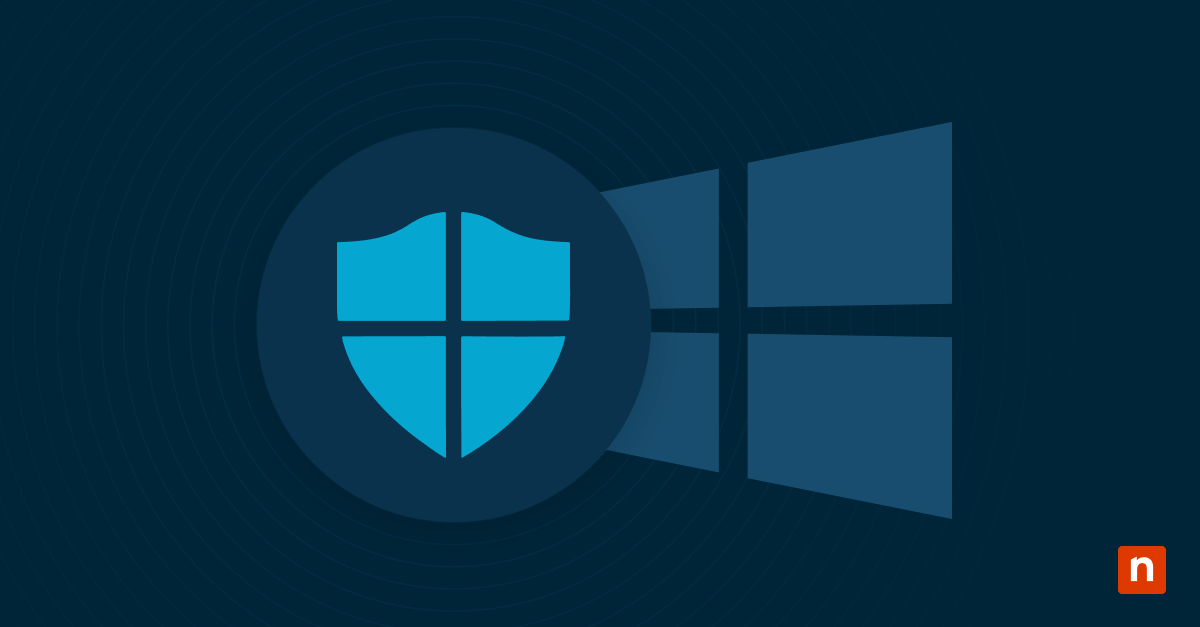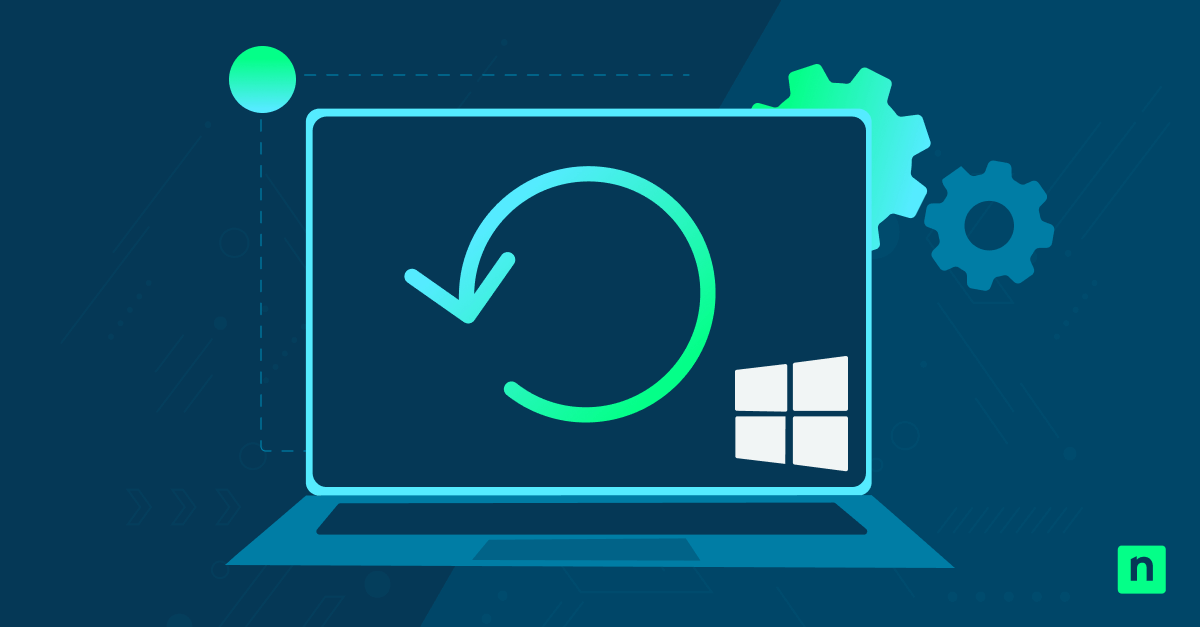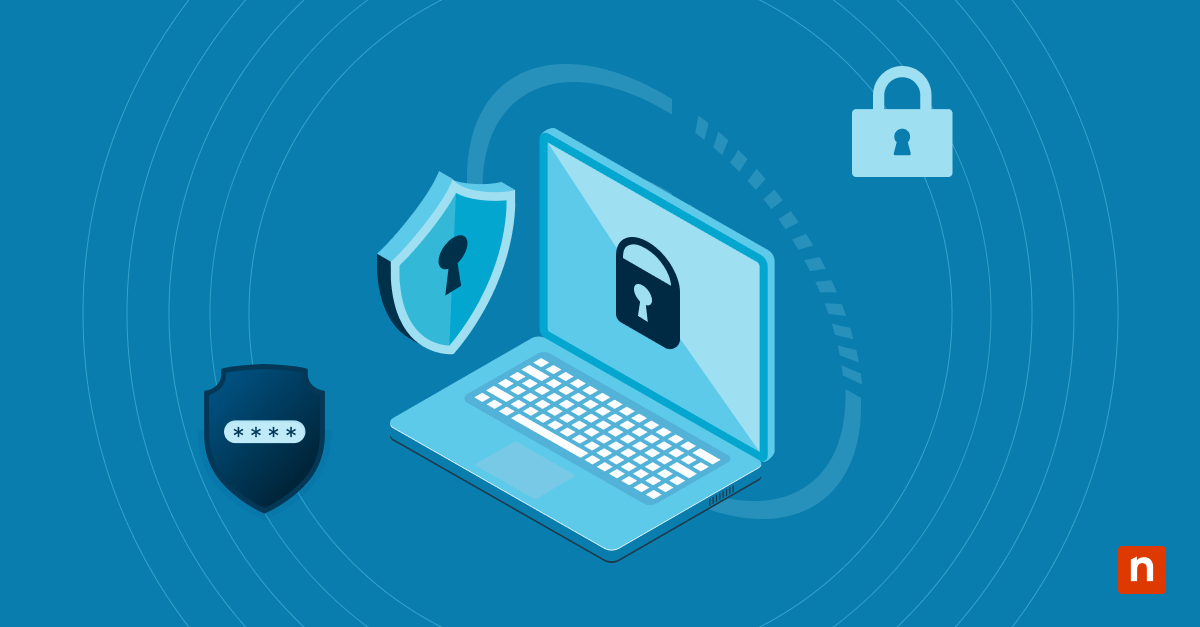In this article, you will learn effective tips and solutions to reduce IT expenses for your businesses. IT departments face increasing pressure to optimize costs while maintaining high-quality services. According to recent Gartner forecasts, global IT spending is projected to grow by 7.5% in 2024, reaching $5.26 trillion. Despite this growth, your organization must focus on efficient budget management to maximize the value of its IT investments.
Introduction to IT cost reduction
IT cost reduction is a process for organizations aiming to improve their bottom line and enhance operational efficiency. By carefully analyzing and optimizing IT expenses, you can free up resources for innovation and growth while maintaining or even improving service quality.
The importance of IT cost reduction extends beyond simple budget cuts. It involves allocating resources to minimize costs while still ensuring service delivery. Effective IT cost reduction strategies can lead to improved agility, increased competitiveness, and better alignment between IT and overall business objectives.
Common IT cost reduction strategies
Implementing proven IT cost-reduction strategies can help your organization achieve significant savings without compromising service quality. These strategies focus on optimizing existing resources, consolidating services, and leveraging new technologies to reduce expenses.
1. Optimizing software and hardware usage
Efficient management of hardware and software resources is fundamental to IT cost reduction. Begin by conducting a thorough inventory of your current IT assets identifying underutilized or redundant systems. To further optimize your software and hardware usage, consider these steps:
- Utilize IT asset inventory tools to track licenses and usage patterns.
- Consolidate software licenses and negotiate volume discounts with vendors.
- Virtualize servers and desktops to reduce hardware costs and improve resource utilization.
- Adopt a bring-your-own-device (BYOD) policy to reduce hardware expenses. However, ensure that your IT department follows best practices for implementing BYOD to ensure that your IT infrastructure remains secure.
- Implement power management solutions to reduce energy consumption of IT equipment.
2. Consolidating IT services
Service consolidation is an effective strategy for reducing IT costs and improving operational efficiency. This methodology involves streamlining and centralizing IT services to eliminate redundancies and optimize resource allocation.
Key aspects of IT service consolidation include:
- Centralizing data centers to reduce infrastructure and management costs.
- Implementing shared services models for common IT functions across departments.
- Standardizing IT processes and technologies to improve efficiency and reduce support costs.
- Consolidating vendor relationships to leverage economies of scale and negotiate better rates.
- Adopting a service-oriented architecture (SOA) to improve flexibility and reduce development costs.
3. Leveraging cloud solutions
Cloud computing offers numerous opportunities for IT cost reduction by shifting from expensive and high-maintenanceon-premise infrastructure to more flexible and scalable cloud-based services. The following cloud-based strategies will help you reduce IT costs:
- Migrate on-premises applications and services to software-as-a-service (SaaS) solutions.
- Use infrastructure-as-a-service (IaaS) platforms for computing and storage needs.
- Implement platform-as-a-service (PaaS) solutions for application development and hosting.
- Adopt a hybrid cloud practice to optimize workload placement and costs.
- Leverage cloud-based disaster recovery and backup solutions to reduce infrastructure costs.
IT cost reduction best practices
Implementing best practices for IT cost reduction can help you achieve sustainable savings while maintaining high-quality services. These IT cost reduction best practices focus on continuous improvement, strategic planning and efficient resource management.
1. Regularly auditing IT assets
Periodic IT asset audits are essential for identifying cost-saving opportunities and optimizing resource allocation. This practice helps you maintain an accurate inventory of your IT assets and their use. Additionally, proactive IT asset management (ITAM) strategies will help you make better decisions about how to use your resources. ITAM tools allow IT departments to track assets, review software licenses, check hardware performance, and look at the total cost of ownership.
Stop reacting—start leading. Learn how to shift to a proactive IT management strategy with our step-by-step guide. Get started.
2. Negotiating with vendors for better rates
Effective vendor management and negotiation can lead to significant cost savings on IT purchases and services. By leveraging your purchasing power and building strong vendor relationships, you can get better terms and pricing.
Strategies such as consolidating purchases, benchmarking pricing, exploring alternative licensing models, and negotiating flexible contract terms can result in substantial cost savings. Regular review and renegotiation of vendor contracts ensure that you maintain competitive rates and service levels over time.
3. Implementing energy-efficient practices
Adopting energy-efficient practices in your IT operations can lead to significant cost savings while also supporting sustainability goals. These practices focus on reducing power consumption and optimizing data center efficiency through strategies like server virtualization, power management solutions, and optimized cooling systems.
You can implement energy-efficient hardware, software-defined power management and sustainable data center designs to reduce operational costs and enhance overall infrastructure efficiency. These efforts not only lower expenses but also contribute to your organization’s environmental responsibility initiatives.
4. Outsourcing non-core IT functions
Outsourcing non-core IT functions can be an effective strategy for reducing costs and improving service quality. Partnering with managed service providers (MSPs) lets you access expertise and economies of scale that may not be feasible in-house.
This allows your internal IT team to focus on strategic initiatives while benefiting from the efficiency and specialized knowledge of external partners. When considering partnering with an MSP, carefully evaluate potential cost savings, service quality improvements and the impact on your organization’s core competencies to ensure alignment with your overall business objectives. Make a more informed decision by reading our in-depth MSP guide.
Balancing cost reduction with service quality
While reducing IT costs should be a top priority, focusing solely on cost reduction can lead to decreased performance reliability and user satisfaction. Here are some strategies that can help maintain the balance between cost savings and service quality:
- Establish clear service level agreements (SLAs) for IT services and monitor performance regularly.
- Implement IT service management (ITSM) frameworks to improve service delivery and efficiency.
- Invest in automation and self-service technologies to reduce costs while improving user experience.
- Prioritize cost reduction initiatives based on their impact on service quality and business objectives.
- Regularly gather feedback from users and stakeholders to assess the impact of cost reduction efforts.
By carefully balancing cost reduction with service quality, you can achieve sustainable savings without compromising the value IT delivers to your organization.
Monitoring and sustaining cost reduction efforts
Effective IT cost reduction is an ongoing process that requires continuous monitoring and adjustment. To sustain your cost reduction efforts over time implement the following practices:
- Establish key performance indicators (KPIs) to track the effectiveness of cost reduction initiatives.
- Regularly review and update your IT cost reduction strategy to align with changing business needs.
- Implement a governance framework to oversee and guide cost reduction efforts.
- Develop a culture of cost consciousness and continuous improvement within the IT department.
- Leverage data analytics and reporting tools to measure IT value. Detailed IT reporting can help you identify trends and opportunities for further optimization.
The long-term benefits of effective IT cost reduction
Implementing a comprehensive IT cost reduction strategy can yield significant long-term benefits for your organization. These benefits extend beyond immediate cost savings and can improve different areas of your business.
Long-term benefits of effective IT cost reduction include:
- Improved financial performance and increased profitability
- Enhanced agility and flexibility in responding to changing business needs
- Increased competitiveness through more efficient IT operations
- Better alignment between IT investments and overall business objectives
- Improved sustainability and reduced environmental impact
- Enhanced innovation capacity through freed-up resources
- Increased focus on strategic initiatives and value-adding activities
As a force multiplier, NinjaOne lets you accomplish more with your existing resources and headcount. NinjaOne supports these efforts by implementing effective IT cost reduction strategies that help optimize your budget and improve operational efficiency.
Try it now for free to see how NinjaOne can boost your IT cost reduction efforts!








